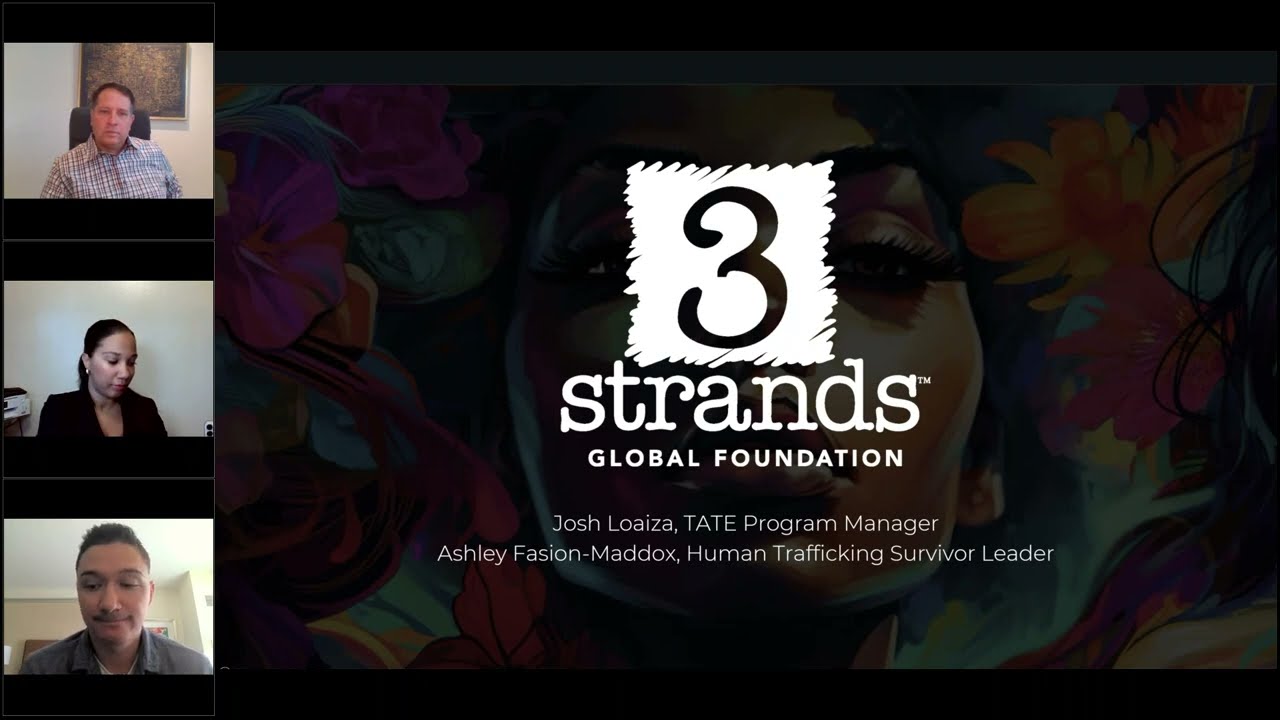
NGOCSTIP – School Program initiatives are becoming a powerful tool in the global fight against human trafficking. One leading example is the PROTECT program created by the 3Strands Global Foundation. This initiative is not just about awareness but actual training and intervention tools for educators, students, and community members. At a time when teenagers are increasingly targeted by traffickers, especially online, equipping schools and communities with education is essential. The focus is on early prevention, equipping youth with knowledge and resources to recognize dangerous situations before they escalate. As part of this program, school staff learn to identify early warning signs and create a safer environment for vulnerable students. Through structured modules and practical approaches, the initiative is helping build a generation that can protect itself. The movement is growing quietly but steadily, showing that education might be the key to stopping exploitation before it starts.
The School Program launched by 3Strands Global Foundation focuses on prevention by targeting education first. Through the PROTECT initiative, thousands of educators have been trained to identify signs of trafficking and take proper steps in handling such cases. This School Program equips teachers with tools to build student trust while implementing safe communication protocols. Participants receive clear guidelines, supported by data and case studies, on how trafficking often begins subtly in a student’s life. These subtle signals are usually overlooked in everyday school interactions.
With the right training, educators now detect red flags early. Firstly, the program uses flexible modules tailored for school districts with different age groups and backgrounds. Moreover, instructors present case examples in a respectful and age-appropriate way. As a result, students understand serious issues without fear or confusion. In addition, schools shift their focus from academics alone to a more holistic view of student safety. Ultimately, this approach transforms schools into protective environments for at-risk youth.
“Read about: Dark Web Horror: The Alarming Link Between Online Crime and Human Trafficking”
While the School Program forms the foundation of this movement, community outreach reinforces it as a vital pillar. Parents, counselors, and local organizations join through parallel training sessions that reflect what schools teach. These efforts build a circle of protection around vulnerable youth. Community leaders explore real-life examples of trafficking tactics and learn how traffickers use everyday settings like parks or malls for recruitment. In these sessions, families develop skills to start open dialogues at home, breaking the silence that traffickers often depend on. The program adapts school materials into guides and seminars that families can easily understand. These workshops clarify what modern trafficking looks like and offer a clear roadmap to safety. Participants report increased confidence and a sense of control. Communities now treat trafficking prevention as a shared responsibility. Families, neighbors, and leaders stay alert and start important conversations that create stronger, safer environments.
“Read more: Cyclic Vomiting Syndrome: The Invisible Illness That Destroys Routines and Childhoods”
Corporations are now taking a stand through the same principles taught in the PROTECT School Program. Employees in telecom and tech companies are being trained to detect online grooming and suspicious behavior. The workplace is seen not just as a business setting but as a frontline for spotting exploitation. Trainings include how traffickers use technology, from text messaging to recruitment via gaming apps.
Corporate teams are taught how to respond if red flags appear in communication patterns or customer behaviors. Tech workers, especially in customer service and security roles, become gatekeepers against digital exploitation. Some businesses have even added internal reporting tools for this purpose. These professional environments have the power to act faster than ever before. As more corporations adopt the model, the network of protection expands. The idea is simple but powerful: combine education with vigilance, and both schools and companies can become part of the safety net for youth.
Education as prevention creates a sustainable model by working from the inside out. Instead of waiting for emergency interventions after harm, the School Program strategy builds long-term awareness. Youth learn how to protect themselves and support their friends. Adults and teens build trust that breaks the secrecy traffickers often rely on. These skills stay with students long after they leave school. Teachers apply their training consistently every year. Communities strengthen through shared knowledge and collective accountability. Corporations shift from silent bystanders to active defenders. This layered approach removes the element of surprise that exploitation often uses. Young people step into the world equipped with tools to stay safe and report danger. They recognize threats and act before damage happens. Most importantly, they know that adults see and support them. A world where trafficking rarely happens starts with a school that teaches prevention. That change is already taking place.